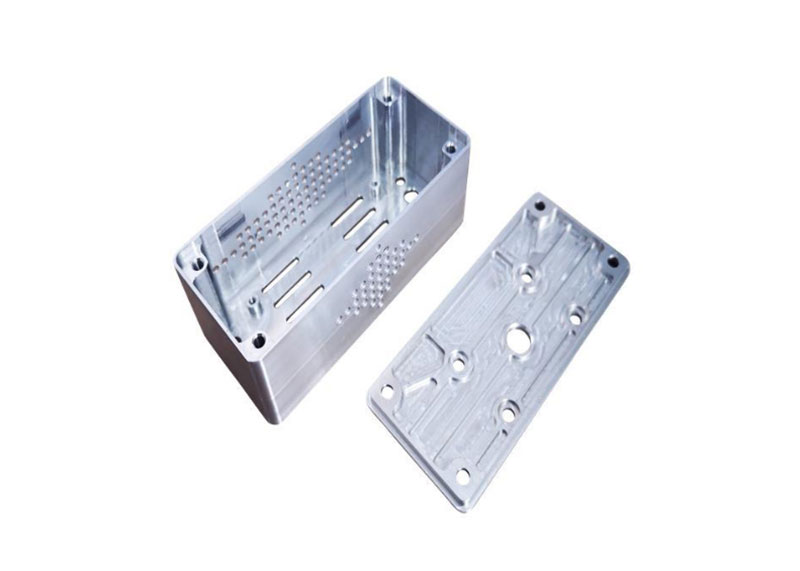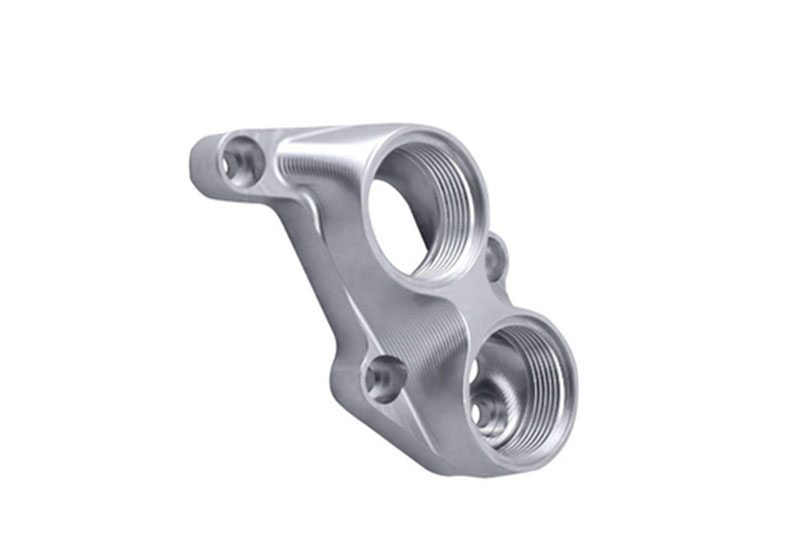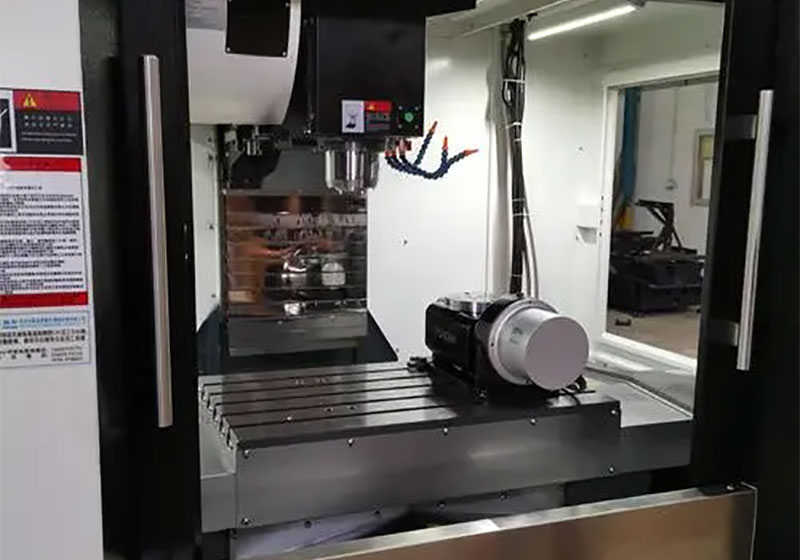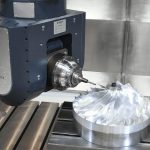When machining parts for aerospace applications, many factors need to be considered, such as the shape, weight, and durability of the parts. These factors will affect the flight value of aircraft. For many years, the preferred material for aerospace applications has been aluminum alloy. However, in modern jet aircraft, it only accounts for 20% of the structure.
However, due to the demand for light aircraft, the use of carbon reinforced polymers and honeycomb materials in the modern aerospace industry is increasing. In recent years, aerospace manufacturers have begun to research alternatives to aluminum alloys, one of which is aviation grade stainless steel. The use of this stainless steel in new aircraft components has increased.

Applied aerospace aluminum alloy parts
Aluminum is a relatively light material, weighing about 2.7 g/cm3 (grams per cubic centimeter). Although aluminum is lighter and cheaper than stainless steel, its strength and corrosion resistance are not as good as stainless steel. Stainless steel is superior to aluminum in durability and strength.
Although the use of aluminum alloys has declined in many aspects of aerospace production, aluminum alloys are still widely used in modern aircraft. For many specific applications, aluminum is still a strong, lightweight material. Because of its high ductility and ease of processing, it is relatively cheap compared to many composites or titanium. It can also be further strengthened by alloying it with other metals, such as copper, magnesium, manganese and zinc, or by cold or heat treatment. When aluminum is exposed to air, close chemical oxidation bonds isolate aluminum from the environment. This function makes it extremely corrosion resistant.
The most popular aluminum alloys used to manufacture aviation parts include:
Aluminum alloy 7075 (aluminum/zinc)
Aluminum alloy 7475-02 (aluminum/zinc/magnesium/silicon/chromium)
Aluminum alloy 6061 (aluminum/magnesium/silicon)
7075 is a combination of aluminum and zinc. It is the most commonly used alloy in aerospace applications. It has excellent mechanical properties, ductility, strength and fatigue resistance.
7475-02 is a combination of aluminum, zinc, silicon and chromium, while 6061 contains aluminum, magnesium and silicon. Which alloy is required depends entirely on the intended application of the end. Although many aluminum alloy aircraft parts are purely decorative, some parts are essential to the function of the aircraft and must have specific characteristics.
Aluminum scandium is an aluminum alloy commonly used in aerospace industry. Adding scandium to aluminum can enhance the strength and heat resistance of the metal. The use of aluminum scandium can also improve fuel efficiency. Since it is a substitute for materials with higher density, such as steel and titanium, replacing these materials with lighter aluminum scandium can reduce weight and improve fuel efficiency.
Stainless steel parts for aerospace applications
In the aerospace industry, stainless steel seems to be a surprising choice compared with aluminum. Although stainless steel is heavier, its use in aerospace applications has recently increased.
Stainless steel refers to a series of iron base alloys containing at least 11% chromium, which is a compound that prevents iron corrosion and provides heat resistance. Different types of stainless steels include elements nitrogen, aluminum, silicon, sulfur, titanium, nickel, copper, selenium, niobium and molybdenum. The type of stainless steel has been classified and indicated by three figures. Although the commonly used stainless steel is only about one tenth, there are more than 150 stainless steel grades. In addition, stainless steel can be made into sheet, plate, bar, wire and pipe, making it suitable for various applications. There are five main groups of stainless steels, mainly classified according to their crystal structures. These groups are austenitic, ferritic, martensitic, duplex, and precipitation hardening stainless steels.
As mentioned above, stainless steel is an alloy composed of steel and chromium. The strength of stainless steel is directly related to the content of chromium in the alloy. The higher the chromium content, the higher the strength of the steel. The use of stainless steel alloys has been found to increase aircraft components that require high strength but can cope with increased weight. Stainless steel has high corrosion resistance and high temperature resistance, making it suitable for a range of aerospace components, including actuators, fasteners and landing gear components.
Benefits:
Although stronger than aluminum, stainless steel is usually much heavier. However, stainless steel parts have two main advantages over aluminum:

Stainless steel has high corrosion resistance.
The resistance of stainless steel to ferric oxide is due to the presence of chromium in the alloy, which forms a passive film to protect the material from corrosion. Whether from atmospheric conditions or chemical solvents, stainless steel has high corrosion resistance. Because of its protective oxide layer, stainless steel can prevent oxidation and corrosion. In fact, when exposed to oxygen, the membrane can actually repair itself. Corrosion and contamination resistance, low maintenance costs, and a familiar gloss make stainless steel a common material in applications requiring strength and corrosion resistance.
Stainless steel is stronger and more wear-resistant.
Stainless steel has higher tensile strength than aluminum, and can better withstand stress, vibration, scratches, impact and damage. For example, Grade 304 stainless steel has a higher ultimate tensile strength than aluminum, which is 505 MPa (73200 psi) and 310 MPa (45000 psi), respectively.
The shear modulus and melting point of stainless steel are also higher than that of aluminum.
These characteristics are critical to many aerospace parts, and make stainless steel parts a versatile choice for aerospace applications.
Other advantages of stainless steel include its excellent heat resistance and fire resistance, bright, beautiful appearance and excellent sanitary quality. Stainless steel is also easy to manufacture, which is an important consideration when all parts of the aircraft must be welded, machined or cut to precise specifications. Finally, some stainless steel alloys have extremely high impact resistance, which is an important factor affecting the safety and durability of large aircraft.





